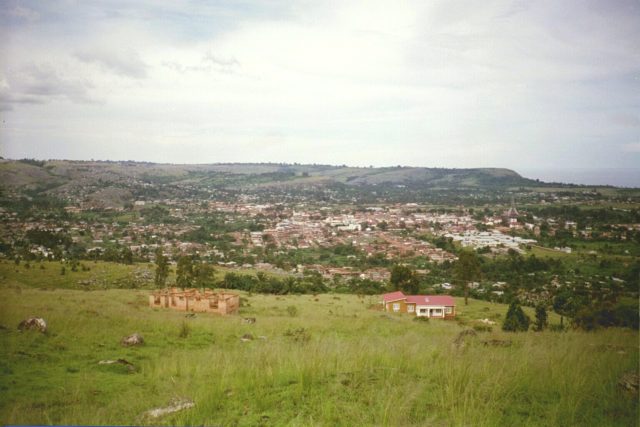Charles Dickens once famously said “There is nothing in the world so irresistibly contagious as laughter,” and we couldn’t agree more. All of us has been in one of those situations when a person laughs hysterically for no apparent reason, causing a chain reaction of laughter that affects the rest of the group. A laughter epidemic may sound like some nice, joyful event, but in fact, it’s not a joke; it can quickly escalate to become a severe medical condition.
Even though laughter is regarded as a natural form of medicine and has been used as a therapeutic tool for many years, there are negative aspects to it. Excessive laughter can lead to cataplexy, unpleasant laughter spells, and extreme elation.
The most famous example of a laughter epidemic happened in 1962 in Tanzania (Tanganyika at that time). It began as an innocent chuckle between two girls in a boarding school in the village of Kashasha. This quickly escalated into hysteric laughter that spread like wildfire throughout the school, affecting 95 of the 159 pupils. The teaching staff, however, were not affected by the laughing but reported that it was impossible to work under those conditions so the school was forced to close down months later. This strange phenomenon spread like to 14 schools and affected more than 1,000 people. The laughing epidemic lasted from six months to a year and a half.

Christian F. Hempelmannof Texas A&M University has done extensive research on this incident, explained how this strange behavior spread: “People take this at face value. One person laughs, then another person laughs, then it spreads like an avalanche. So when parents picked up their children from school, they started laughing. Then it spread to other villages, and so on. And depending on where you read about it, the laughing epidemic lasted for anywhere from six months to a year-and-a-half.”
Laughing is a strain on respiration; a person cannot laugh longer than 20 seconds. So, it sounds merely impossible for one person to laugh one year non-stop, left alone entire population, making this phenomenon more confusing. So what actually happened in Tangyianka in 1962?
Hempelemann argues this phenomenon had nothing to do with humor as there people were showing anxiety related symptoms from rashes, to pain, to fainting and sometimes respiratory problems. Laughter was just one of the symptoms. The phenomenon lasted one year, but rather than constantly, it occurred in relapses. What happened was mass hysteria, which usually occurs among people experiencing chronic stress .

Hempelmann explained that “Now we call it Mass Psychogenic Illness (MPI). It’s psychogenic, meaning it is all in the minds of the people who showed the symptoms. It’s not caused by an element in the environment, like food poisoning or a toxin. There is an underlying shared stress factor in the population. It usually occurs in a group of people who don’t have a lot of power. MPI is a last resort for people of a low status. It’s an easy way for them to express that something is wrong. That may be why it has come to be associated more often with women.”
Although the Tangyanka is now closed and no usable records remain for further research, a similar psychological event happens on a weekly basis around the world.
